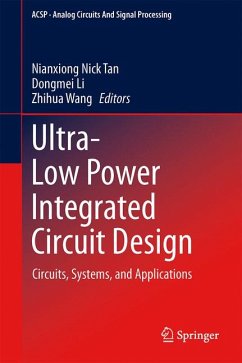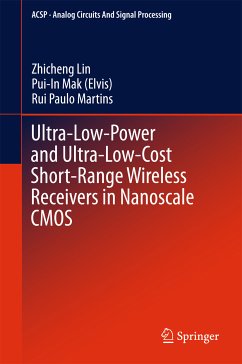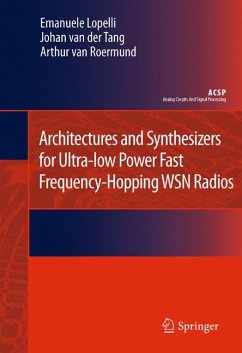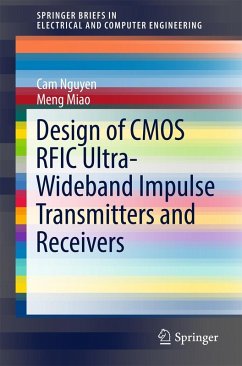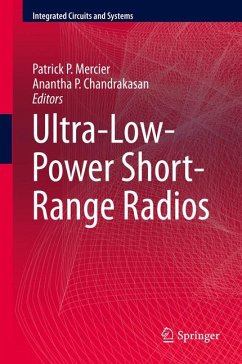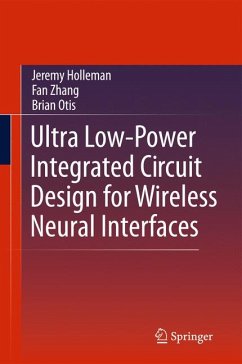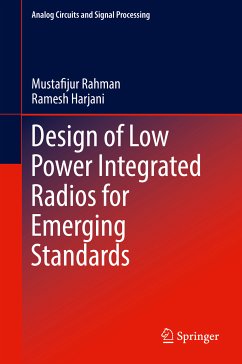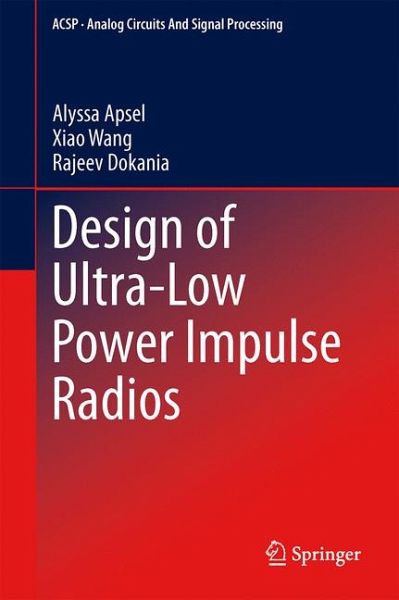
Design of Ultra-Low Power Impulse Radios (eBook, PDF)
Versandkostenfrei!
Sofort per Download lieferbar
72,95 €
inkl. MwSt.
Weitere Ausgaben:

PAYBACK Punkte
36 °P sammeln!
This book covers the fundamental principles behind the design of ultra-low power radios and how they can form networks to facilitate a variety of applications within healthcare and environmental monitoring, since they may operate for years off a small battery or even harvest energy from the environment. These radios are distinct from conventional radios in that they must operate with very constrained resources and low overhead. This book provides a thorough discussion of the challenges associated with designing radios with such constrained resources, as well as fundamental design concepts and ...
This book covers the fundamental principles behind the design of ultra-low power radios and how they can form networks to facilitate a variety of applications within healthcare and environmental monitoring, since they may operate for years off a small battery or even harvest energy from the environment. These radios are distinct from conventional radios in that they must operate with very constrained resources and low overhead. This book provides a thorough discussion of the challenges associated with designing radios with such constrained resources, as well as fundamental design concepts and practical approaches to implementing working designs. Coverage includes integrated circuit design, timing and control considerations, fundamental theory behind low power and time domain operation, and network/communication protocol considerations.
Dieser Download kann aus rechtlichen Gründen nur mit Rechnungsadresse in A, B, BG, CY, CZ, D, DK, EW, E, FIN, F, GR, HR, H, IRL, I, LT, L, LR, M, NL, PL, P, R, S, SLO, SK ausgeliefert werden.




